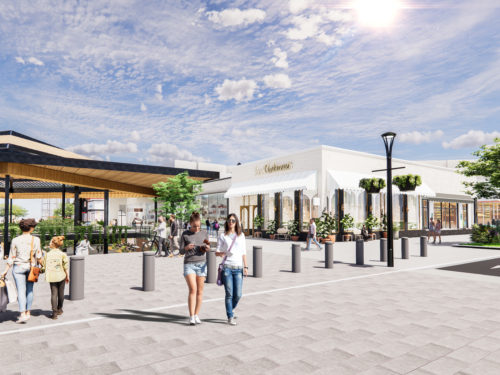Retail space also needs to be fundamentally reimagined. Historically, our high streets have focused on filling space with stock, which has led to inefficiency, waste, and unnecessary cost.
We simply don’t need all that space to sell stuff. Retail space, particularly on the high street, needs to be reimagined as social space, as cultural space – more experience-oriented, more people-focused, to drive customer engagement in the post-COVID landscape. Digital retail will satisfy the desire to purchase, but in-store it’s invention, not inventory, that we’ll need to see from retailers.
Furthermore, inventory is always the highest cash requirement for any retail business. So reducing inventory could also help to improve cash management, which, with the threat of recession looming, is another vital consideration for retail leaders. By operating with less, in a narrower, more streamlined way, retail businesses can begin to revitalise and monetise surplus space in-store, and begin to mitigate the long-term economic impact of the crisis. Similarly, by moving away from the traditional model of Christmas peaks and fourth-quarter returns, a more focused and flexible approach could help retailers manage cash flow more sustainably.





